Today we share the full review of the $2,599 USD Dethonray Listening M1 DAC/Amplifier.
Disclaimer: The Dethonray Listening M1 was arranged for us directly by Dethonray. Thanks to Anson for the opportunity.
About Dethonray
Dethonray is a very boutique audio brand and the DTR1 Audio Player was their first child as a complete end-user product. And came the DTR1+ model, which I reviewed at the start of 2022. It deserved an award from us to be one of the best DAPs available, especially for its price. You can check that review just below and I suggest not missing it.
Anson Tse, the visionary behind Dethonray, brings a wealth of expertise in audio processing to the table. Recognizing the limitations of universal designs prevalent in the market, particularly concerning high-fidelity audio, he embarked on a mission to craft his solutions. This dedication extends to his amplifier designs, reflecting a commitment to innovation that promises exciting developments on the horizon.

Giving life to your music collection is the one and only objective for every Dethonray product.
Listening M1
The Dethonray Listening M1 stands out as a top-tier compact DAC/Amp, blending sophisticated aesthetics with premium components. Featuring an AKM flagship DAC solution equipped with an AK4191 digital modulator and a pair of 4499EX chips. We’ve seen this solution with several portable and desktop audio devices so far, especially with the ones aiming for high performance.
In addition to its premium components, the M1 boasts versatility as a key feature. It offers a range of connectivity options, including COAX, RCA, USB-B, and USB-C ports for input, as well as RCA output and Bluetooth input (RCA works both ways). The device is equipped with tuning switches on the back and a gain switch on the front.
Moreover, it caters to gaming console users with a USB 1.0 option, accessible via a switch on the back. The Bluetooth functionality supports a variety of codecs, including SBC, AAC, APT-X, APTX-HD, and LDAC, ensuring compatibility with a wide range of devices and audio sources.
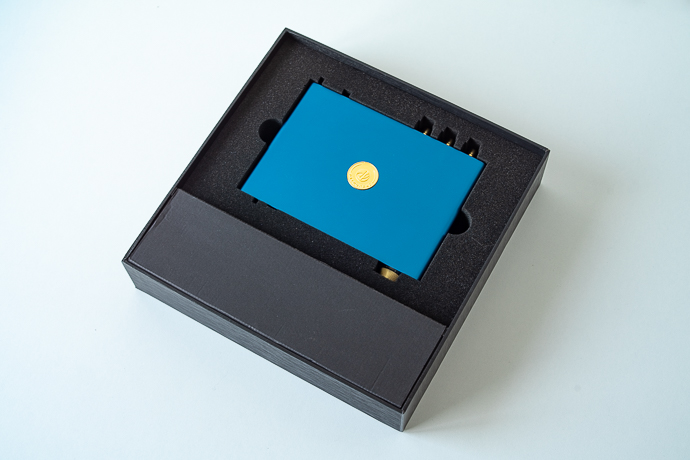
Design, Build Quality
The Dethonray Listening M1 showcases the brand’s signature minimalist design ethos, featuring a sleek and practical aesthetic. With its luxurious appearance highlighted by the iconic Dethonray volume knob and golden plaque, the M1 exudes sophistication and elegance. The design language of the M1 is reminiscent of previous Dethonray offerings such as the Honey H1 and Pegasus SG1, maintaining a consistent brand identity across its product line.
In terms of build quality, the M1 exhibits a high standard of craftsmanship, with notable improvements in design and finish compared to previous models like the DTR1 DAP. The standout feature of the design is the unique shape and triangular design of the volume knob, adding a touch of distinction to the overall aesthetic.
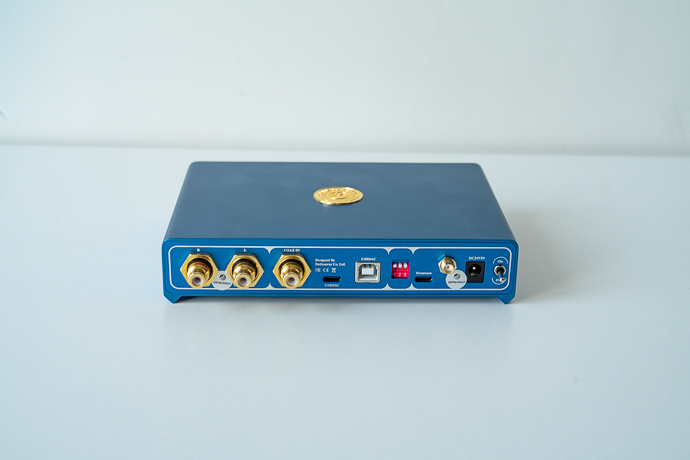
On the front panel, users will find 3.5mm and 4.4mm outputs, an input switch button, an input LED display, and a gain switch. However, an unconventional design choice is the placement of the power switch at the back, which may not be the most ergonomic or practical arrangement for some users. Additionally, the absence of skids beneath the unit to hold it in place is another peculiar decision. While the unit’s “legs” create space for cooling, it can result in sliding on surfaces without the addition of skids, which may cause inconvenience.
There are three switches on the back:
- IEM/HP Mode
- USB 1.0/2.0
- Direct/Reference Mode
These switches become active only after rebooting the device once they’re been switched.
User Experience
The overall experience with the M1 for me has been positive. Besides the two ergonomic issues I’ve mentioned above, there are no problems with operating/utilizing the device. It performs perfectly without any issues, especially with the latest firmware release. One small issue I’ve experienced was about the volume knob, which was reacting very late to turns. After the update, it’s much smoother and much quicker so it’s resolved.
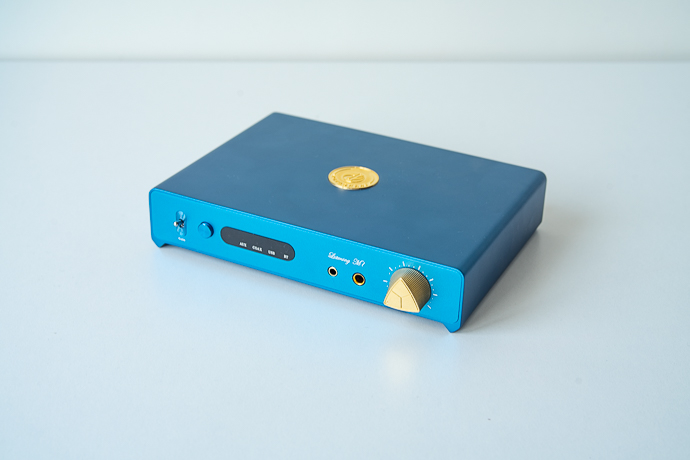
You can use the M1 as a standalone DAC with an additional amplifier, and I mostly used it that way, but keep in mind that there’s no switch for a pure DAC mode. The device keeps the headphone out active, so in a weird way, you can hook up an amplifier and listen to the sound from the amp, and the M1’s headphone out simultaneously.
The M1 is a high-quality DAC/Amp that comes compact, making it perfect for both home and office environments. I can easily move it to my office room and connect it to my laptop or tablet to listen to music without any issues. I have used it with various devices like a Macbook, iPad, Android phone, Windows PC, and DAP, and it has always worked seamlessly. The connection stability is excellent, and it’s lightweight and easy to carry around. Therefore, the key advantage of the M1 is that it’s a complete DAC/Amp solution that offers excellent sound quality in a small and portable casing.
Page 3: Comparisons, Conclusion






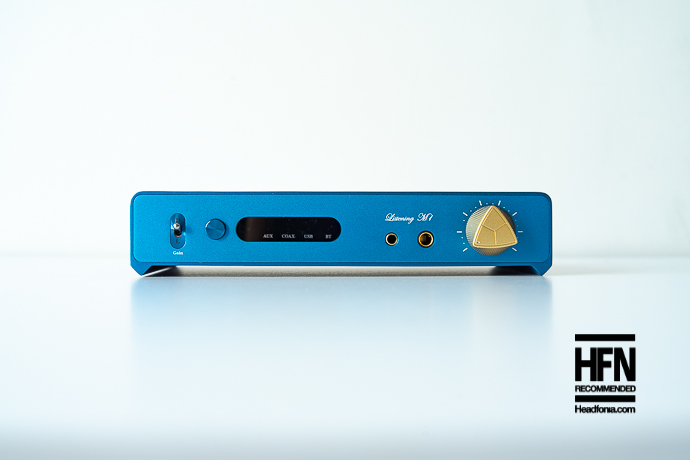

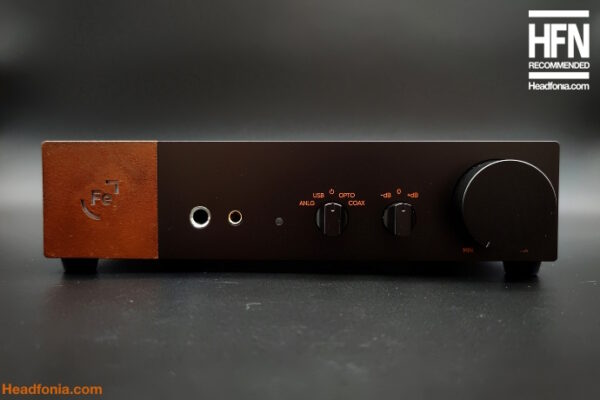
Gunnar A. Grannis
I really don’t like the way updates are performed. Shiit sends you an usb chip so everyone can perform an update.
In our household we do have iPads and company laptops, none of these computers can be used to perform an update.